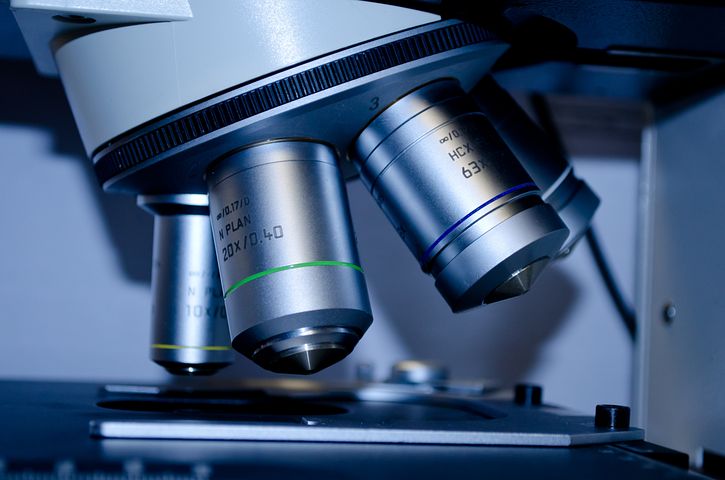Pink cocaine: the party drug cocktail putting a growing number of lives at risk
A synthetic drug cocktail known as pink cocaine, has rapidly become a major concern in Spain, the UK and beyond

Estimated reading time: 8 minutes
Earlier this month, Spanish authorities carried out their largest ever synthetic drug bust, seizing a large quantity of pink cocaine alongside more than a million ecstasy pills. The operation targeted drug networks across Ibiza and Malaga.
This dangerous substance has been linked to a growing number of drug-related deaths. The unpredictable composition and rising popularity of pink cocaine have sparked calls from European drug harm reduction organisations for urgent action to address the risks it poses.
Despite its name, pink cocaine doesn’t necessarily contain any cocaine. Instead, it’s often a mixture of various other substances, including MDMA, ketamine and 2C-B. MDMA, commonly known as ecstasy, is a stimulant with psychedelic properties while ketamine is a powerful anaesthetic which has sedative and hallucinogenic effects. 2C drugs are classed as psychedelics but they can also produce stimulant effects.
Typically found in powder or pill form, pink cocaine is known for its vibrant colour, which is designed to enhance its visual appeal. It’s coloured using food colouring and sometimes strawberry or other flavourings.
The original psychedelic form of the drug dates to 1974 and was first synthesised by American biochemist, Alexander Shulgin. But the modern variant emerged around 2010 in Colombia and is a knock-off version.
The drug gained popularity on the party scene in Latin America and has now spread to Europe. Common names for pink cocaine vary widely, from “cocaina rosada” and “tuci” to “Venus” and “Eros”.
Russian roulette
Today’s pink cocaine is an unpredictable mix of substances and that is where much of its danger lies. Users often expect a stimulant similar to cocaine, but the inclusion of ketamine can lead to serious health risks. Abuse of ketamine, which is widely available as a club drug, can lead to unconsciousness or dangerously laboured breathing. This in turn increases the potential dangers of pink cocaine.
Its aesthetic look and “designer drug” status have contributed to its appeal, particularly among young people and first-time users. This mirrors the historical allure of drugs like cocaine and MDMA. It highlights a persistent trend where certain substances are glamourised despite their risks.
Experts compare taking pink cocaine to playing Russian Roulette with substance use, underscoring the unpredictable and dangerous nature of pink cocaine.
The drug has spread beyond Ibiza to the UK, and there is evidence that it has gained traction in Scotland, parts of Wales and England. Across the Atlantic, New York City has also seen a surge in its availability.
Health officials across Europe are alarmed. Pink cocaine is difficult to detect through standard drug testing, particularly in Spain, where the current testing regime is not yet equipped to identify all its components.
The drug is sold for around US$100 per gram (£76) in Spain, and is often marketed as a high-end product. The legal response varies, with Spanish authorities working to curb its distribution.
In the UK, pink cocaine falls under the Misuse of Drugs Act 1971, which classifies drugs into three categories, class A, B, and C, based on their perceived harm. While pink cocaine itself may not be explicitly listed, the substances commonly found in it are controlled by the law. Both MDMA and 2C-B are class A drugs, while ketamine is a class B.
Harm reduction
One of the most urgent needs highlighted by the rise of pink cocaine is for accessible drug-checking services. Drug-checking kits are an important harm-reduction tool for people looking to test the substances they intend to consume. These kits can help users identify unknown components, offering a layer of protection in a high-risk environment.
My own work shows how vital such harm-reduction services are. Public awareness campaigns and support services are also an important part of reducing harm.
The growing popularity of pink cocaine is a stark reminder of the ever-changing landscape of illicit drugs, where aesthetics, social media trends and risky behaviour can combine to create new threats. While its pink hue and “designer” label may attract a younger crowd, the unpredictable cocktail of chemicals it contains presents a serious and growing danger.
As pink cocaine continues to spread through Europe and beyond, it is crucial that authorities, health services and the public are equipped to deal with the risks it poses.![]()
Joseph Janes, Lecturer in Criminology, Swansea University
This article is republished from The Conversation under a Creative Commons license. Read the original article.
What's Your Reaction?























